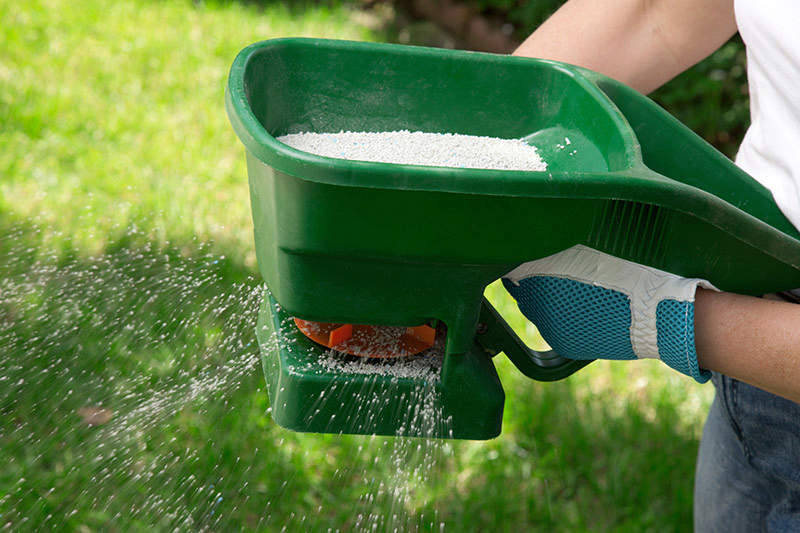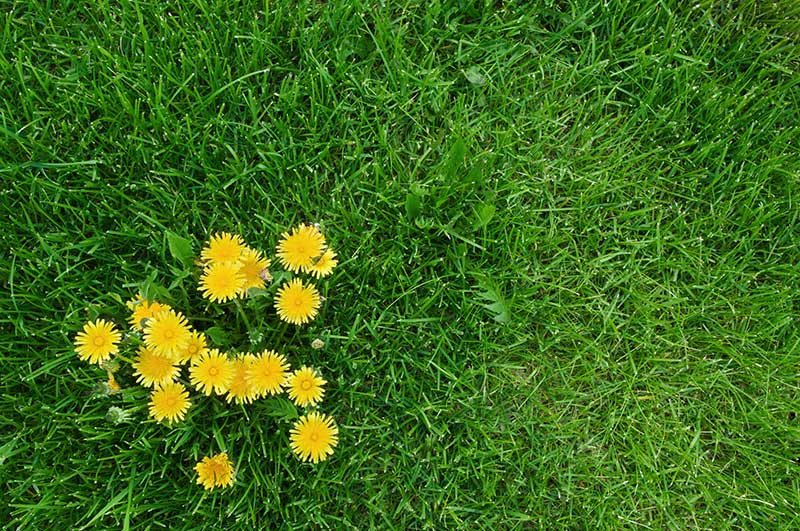How to Choose the Best Fertilizer for Your Lawn
Thick, healthy, green lawns don't happen on their own. To reach their full potential for beauty and performance, lawns need properly balanced, properly timed nutrition to fuel lush growth. Whether you're a first-time lawn owner or a seasoned backyard pro, you can choose the best lawn fertilizer for your lawn and achieve your lawn goals.
Why Lawns Need Fertilizerss
All plants, including lawn grasses, need certain nutrients to sustain life. Plants need three essentials – nitrogen, phosphorus and potassium – in larger quantities than other plant nutrients. Nitrogen is the key nutrient behind vigorous, green, leafy growth. Lawn grasses need more nitrogen than any other plant nutrient.
Some lawn nutrients, including phosphorus and potassium, are generally available in sufficient amounts in healthy lawns. These two primary nutrients stay relatively immobile until used. Nitrogen, however, readily moves through soil with rain or irrigation water. The combination of high use and mobility means nitrogen needs to be replaced regularly to satisfy nutrient needs and keep grass healthy and green.
Look at a high-quality fertilizer such Pennington Full Season Lawn Fertilizer 32-0-5, and you see the first number in the product's N-P-K ratio is much higher than the other two.. That number reflects the high percentage of nitrogen in that fertilizer.
When soil pH is too high or too low, grasses can't access nitrogen or other nutrients effectively. Regular lawn maintenance and irrigation naturally lower soil pH over time. Simple soil testing reveals soil pH and phosphorus and potassium levels. You'll also get nitrogen recommendations and discover if your lawn needs lime. A product such as Pennington Fast Acting Lime restores pH balance and nutrient availability in low-pH soils.

Proper nutrients help keep grass lush and green.
How to Match Fertilizers and Goals
Fertilizers come in many different formulations to feed lawns and meet other goals. Pennington full-season lawn fertilizers provide lawn grasses with an ideal blend of plant nutrients in superior forms and revitalizes your soil with beneficial ingredients to give you the lush, full lawn you desire. Just one application and you're done for the season.
- Pennington Full Season Lawn Fertilizer 32-0-5 promotes thick, green grass in all types of established lawns. It's also phosphorus-free to protect water sources from unnecessary excess lawn phosphorus.
- Pennington Full Season Weed & Feed with Crabgrass Control 25-0-8 contains phosphorus-free lawn food plus herbicides to prevent new weeds and kill actively growing lawn weeds.
By choosing premium Pennington fertilizers that provide your lawn with the nutrients it needs in superior forms, you can ensure your lawn has the best fertilizer for vigorous, lush, green growth

Weed & feed products handle active weeds in established lawns.
When and How to Fertilize Lawns
Your lawn reaps the greatest fertilizer benefits when you follow best practices for your type of lawn grass and the task at hand. Starter fertilizers should be used only for starting new seed, plugs or sod. Crabgrass preventers go on in early spring before crabgrass seed germinates. Weed & feed fertilizers do their work after weeds emerge from soil and weeds and grass are actively growing.
Fertilize established lawns during their most active growth periods, when they need extra nutrients the most. On the cool-season grass calendar, for grasses such as Kentucky bluegrass and tall fescue, that's early spring and early fall. For the warm-season lawn calendar and grasses such as Bermuda and Zoysia, that's every four to eight weeks during active summer growth. All lawns benefit from a final late-summer or early fall fertilizer at least six weeks before your expected first frost. This final feeding helps grasses prepare for winter.\
With all fertilizer products, read the label carefully and follow instructions closely. With proper application, you help ensure you get the most from your investment of product and labor. You also protect the safety of pets, children and adults and avoid lawn damage from preventable mishaps, such as fertilizer burn.

Proper fertilizer handling helps keep lawns safe for kids and pets.
By giving your lawn the best fertilizer for its needs and your goals, you can create a vigorous, sustainable lawn that thrives for many years to come. Pennington is committed to providing you with the finest in premium lawn fertilizers and other lawn and garden products. With Pennington, you can learn, achieve and enjoy the thick, lush lawn you desire.
Pennington with design is a registered trademark of Pennington Seed, Inc.
Fast Acting is a trademark of Encap, LLC.





